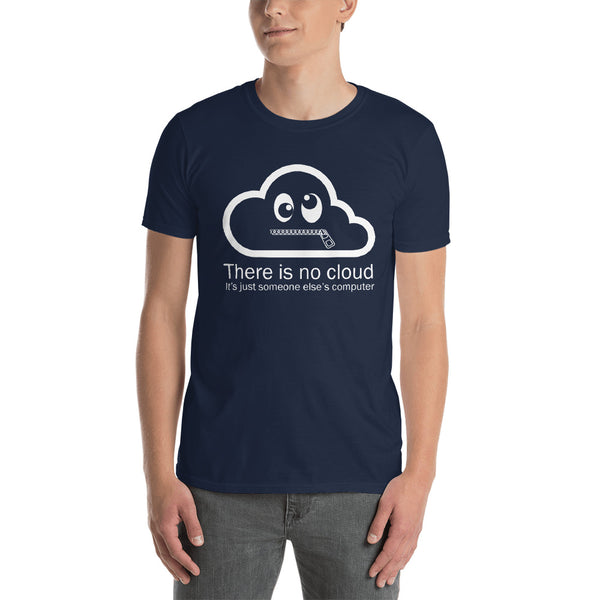Playing Dominoes In Data Science
The growing amounts of data that are being generated due to such trends as the Internet of Things (IoT) and cloud computing have naturally beget the need for data scientists who can collect, analyze and, most importantly, interpret these massive stockpiles of complex information to help their companies more quickly and accurately make better business decisions to give them a competitive edge over competitors and to improve their operations and make them more efficient.
That in turn has created something of a land rush in what’s become a rapidly expanding data science platform market of more than a dozen vendors …
Playing Dominoes In Data Science was written by Jeffrey Burt at The Next Platform.

 The combined company will be worth roughly $146 billion. T-Mobile CEO John Legere will lead the new firm and Sprint CEO Marcelo Claure will serve on the board.
The combined company will be worth roughly $146 billion. T-Mobile CEO John Legere will lead the new firm and Sprint CEO Marcelo Claure will serve on the board.



 The framework simplifies the connection between GCP services and a GCP-hosted Kubernetes cluster or an on-premises Kubernetes cluster.
The framework simplifies the connection between GCP services and a GCP-hosted Kubernetes cluster or an on-premises Kubernetes cluster. Ericsson brings 5G to Italy; Cisco enhances its SAN offerings; NetFoundry and AWS team up on IoT.
Ericsson brings 5G to Italy; Cisco enhances its SAN offerings; NetFoundry and AWS team up on IoT.